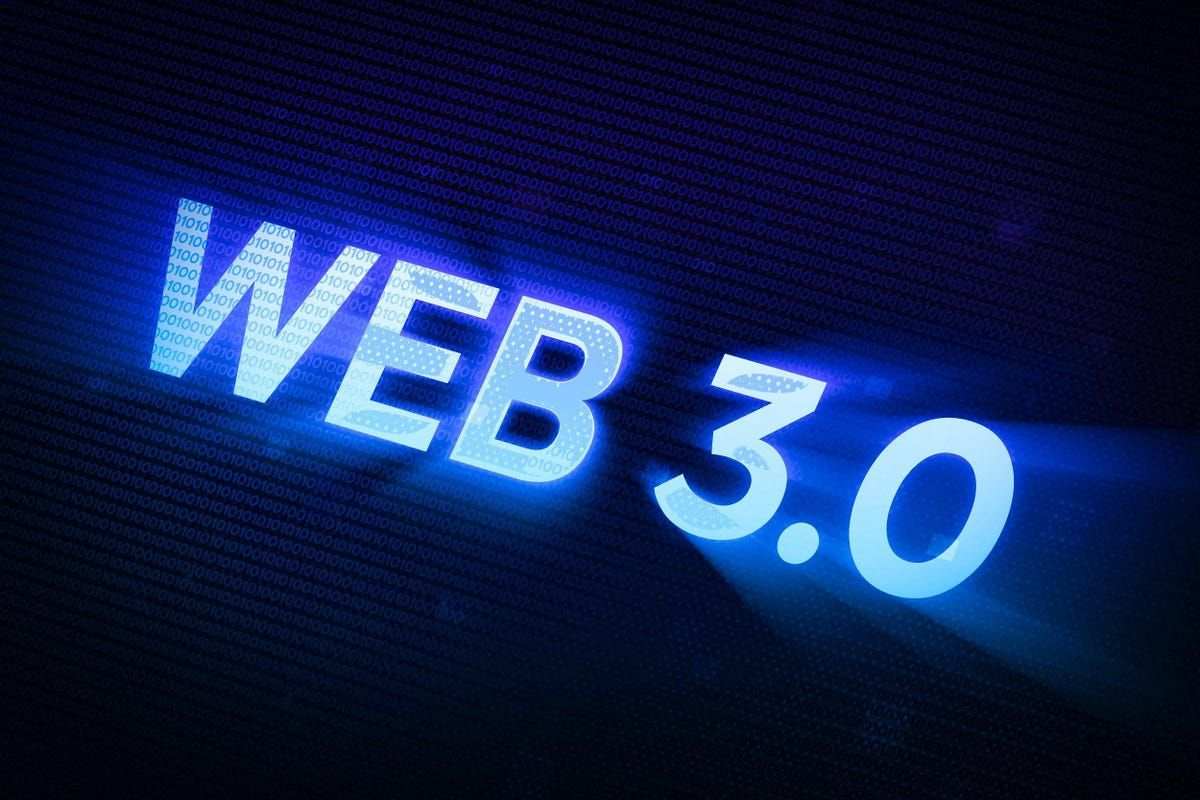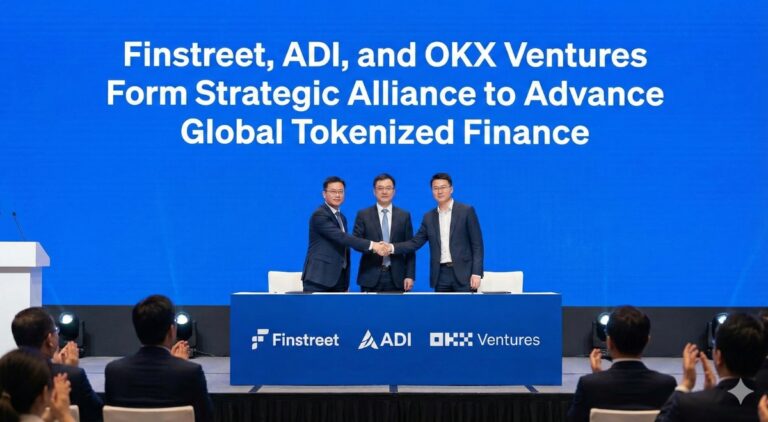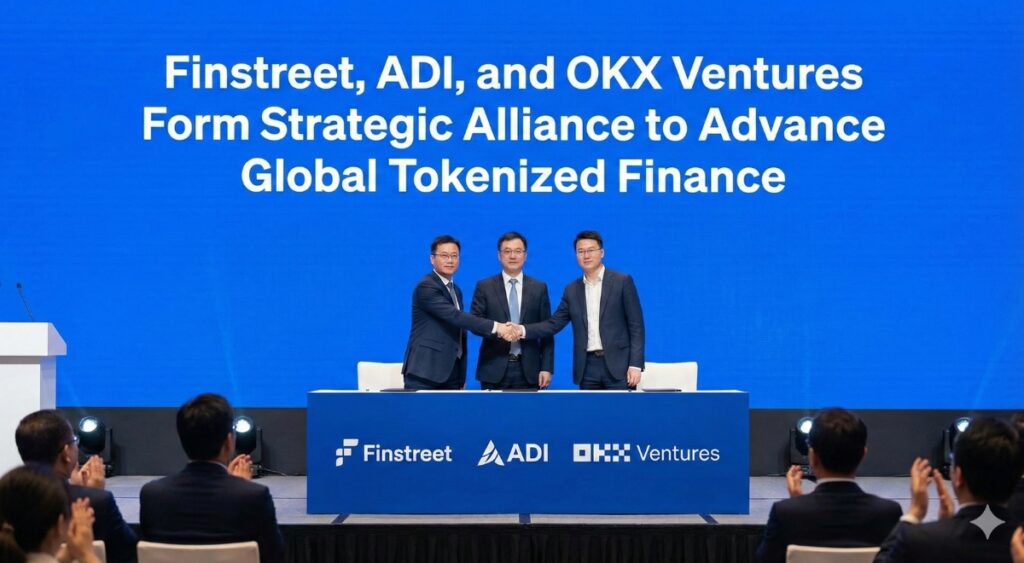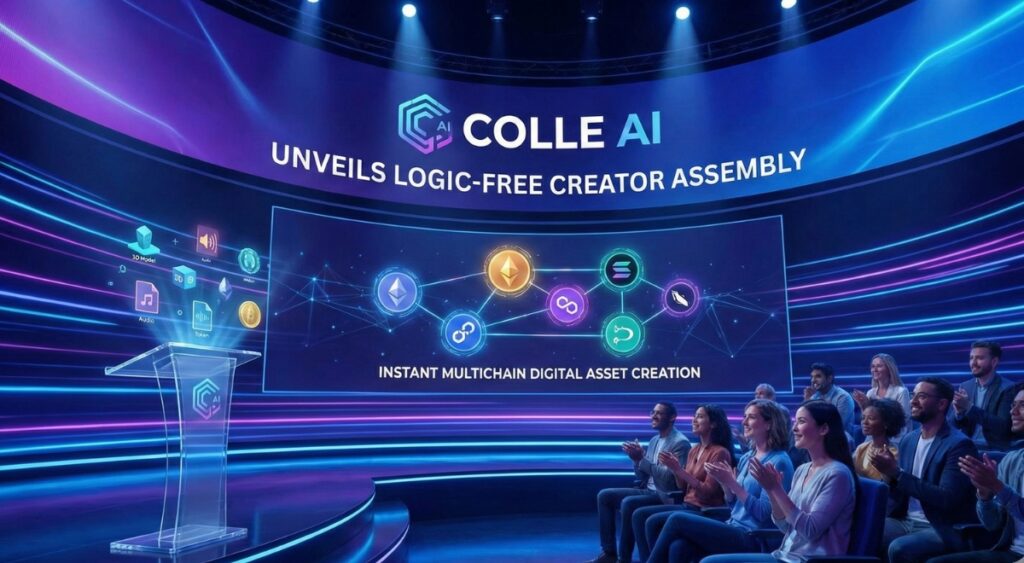Nearly everything in the world today is getting disrupted. The internet is no exception. Web 3.0 is the latest disruption and here is all you need to know.
Web 1.0 Explained
In the early days of the internet, roughly three decades ago, the world wide web was nothing more than a series of static web pages. Hyperlinks linked together these web pages. Subsequently, this morphed into the age of the internet as a platform. We further saw the rise of social media platforms like Facebook, Snapchat, and Twitter. This development came alongside the proliferation of e-commerce, all catalyzed by smartphones and cloud computing. The phase was known as Web 2.0.
Web 2.0 Explained
Web 2.0 brought with it greater connectivity and convenience. However, it also brought greater breaches of data privacy. Hence, the era of intrusive targeted advertising from technology giants like Google, Amazon, and Microsoft. These tech companies collected significant personal data from users in exchange for free services. Through the years, a growing corner of the internet became disgruntled with the practice of selling user data to third parties for targeted ads. They championed decentralization as the way forward. The idea of a decentralized internet is the bedrock of Web 3.0.
Web 3.0 Explained
Web 3.0, now more popularly referred to as Web3, is intended to be a decentralized version of the internet. The aim is to be connected, to some extent, to the metaverse. It combines AI, augmented/virtual reality, blockchain technology, open-source software architecture, and other modern technologies. In the Web3 vision of the internet, the infrastructure that powers the websites and media platforms online will no longer be owned by a few giant corporations. Instead, it will be powered by blockchain technology using encryption and distributed computing.
Essentially, with distributed computing, a big corporation will no longer pay for the servers, hardware, and software. Similarly, the trend of charging a fee for use or collecting data to offer online services for free will be limited. Hence, internet users can now link computers over shared networks into clusters to share data and combine processing power. Additionally, through encryption, the data stored on the blockchain will only be accessible by people with the permission to do so, even if the data is stored on another computer.
Another big focus of Web3 is eliminating the power of governments to regulate the internet. Proponents of Web3 believe that governments cannot be trusted to maintain public trust in the internet and data security in the long run.
The Future of Web 3.0
The Web3 revolution has caught the attention of investors in both developed and emerging markets. Global VC investments in Web3 and related crypto startups exceeded $30 billion in 2021. Furthermore, according to a Bain & Company report, Web3 and crypto-based startups in India alone raised over $500 million in 2021. This trend has come into focus in the Middle East with the recent creation of the Dubai Virtual Asset Regulatory Authority (VARA) in the UAE.
Conceptually, Web3 promises a number of key benefits relative to the internet as we know it today. These advantages include greater ownership of personal data, cryptocurrency-powered online transactions without intermediaries, and fairer internet economics for all users. Moreover, increased interest in NFTs, cryptocurrencies and the metaverse suggest that Web3’s pitch is catching on. Still, Web3 is a work-in-progress with many intricacies yet to be figured out.
Ultimately, the jury remains out on the extent of the impact Web3 will have on the future of the internet.
















